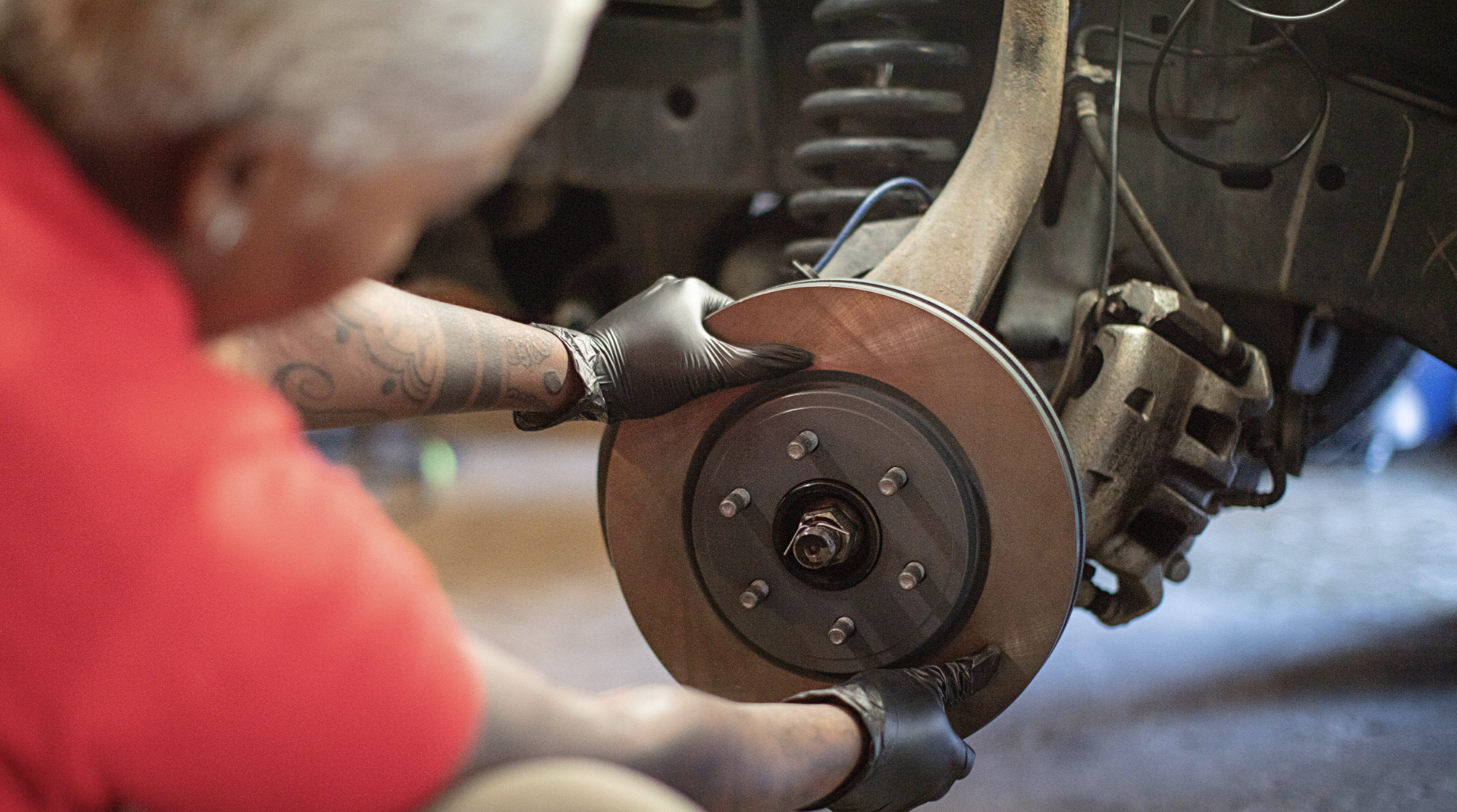Electronic parking brakes used to be confined to luxury-class vehicles, but they are now showing up on more moderately-priced cars. Even the Toyota Corolla, a mainstay of the brand, but certainly not considered luxury, now comes standard with an electronic parking brake. If you're into doing your own brakes or helping out your not-so-mechanical friends, here are some tips for getting the job done and dealing with the electronics.

Vehicle with special features | Pexels
Manual or Electronic?
An electronic hand brake does the same job as pulling a hand lever or pushing a pedal down with your foot. The old-style manual system used the physical force of pulling the lever or pushing the pedal to move a cable that would engage the brake. With an electronic system, a switch on the dash or the console activates a small electric motor that applies the brakes pads to the rotors. Depending on system design, the switch may run through the car's body control module.
If you're not sure if the parking brake is manual or electronic, look for a lever, pedal or button. If you find a button or switch, it's electronic. In many cars, pulling the switch up activates the brake. To disengage in most cars, press the brake pedal and push the switch down.
Before starting a brake job with an electronic hand brake system, consult the owner's manual for manufacturer recommendations on disengaging the electronic hand brake. Every car is different, and not following the required procedure can damage the brake system or make it impossible to service.
Finding Service Mode
The first step to performing a rear brake job is to put the braking system into “service" mode. Service mode is a setting in the menu that allows work to be performed on the car. The requirements vary from manufacturer to manufacturer, so here are just some I've come across:
- You may have to activate the hand brake switch several times.
- You may have to put a battery charger on the car to guard against the electric system dropping below the required voltage.
- Other manufacturers want you to disconnect the battery.
- Some cars allow you to put the brake system into the service mode via a setting in the car's menu.
If you can't find the service mode in the menu tree, you may need a scan tool or a laptop that can access the car's systems. The owner's manual should provide guidance.
When the braking system is put into service mode, there may be a dialog window asking if you want to retract the brake piston that will disengage the electronic hand brake. The answer is “yes." You may be able to hear it retract from inside the cabin.
Once the piston retracts (or assuming the piston has already retracted), unplug the module that controls the piston. From here, the brake job reverts to normal. The caliper is unbolted via two or more mounting bolts and serviced if needed.

Brake caliper with piston in view (left) and brake caliper exterior (right) | Carquest
The New Normal
Once pads, caliper and rotor have been inspected and serviced properly, plug the module back in and reactivate the electronic parking brake system via the switch, re-connecting the battery or taking the car off the battery charger. Once again, follow whatever the owner's manual says.
Every year, cars become more complex. The electronic parking brake is here to stay and while it may never appear on every car, it's already trickling down onto many models. A few simple steps done before pulling the wheels may be needed to execute your next successful brake job.
Have you tackled a brake job on a car with an electronic parking brake? Let us know in the comments.








